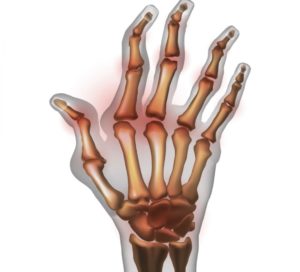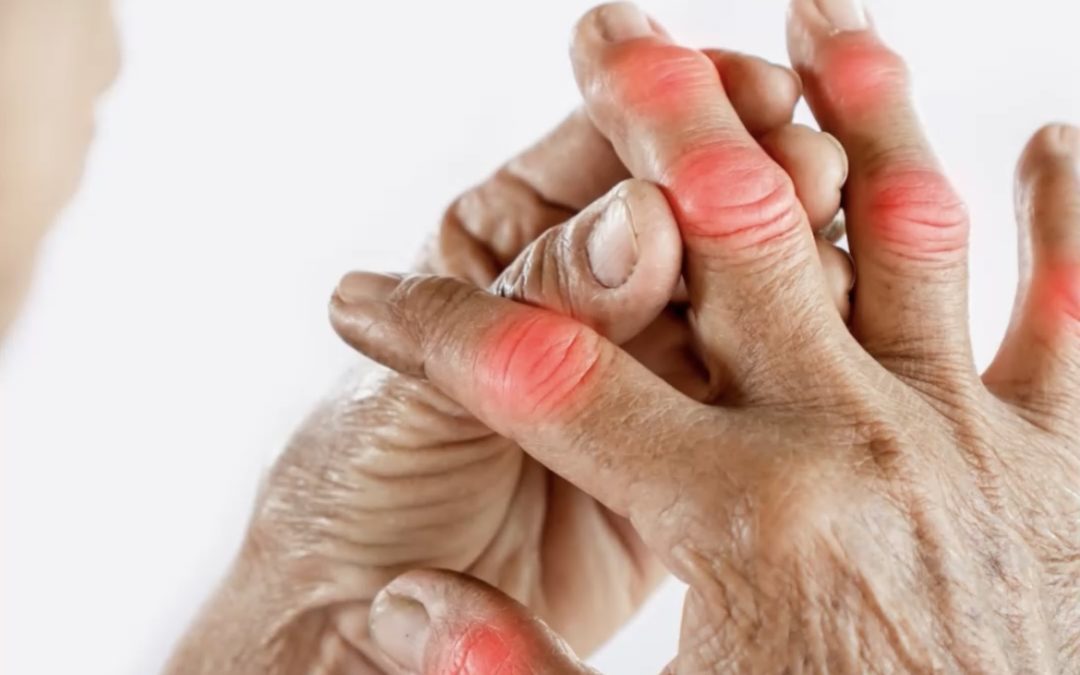Protect your Hands Before they give you Grief
Hands are so vital to your every day function!
Things like opening jars and doing up buttons can become difficult if your hands are not healthy. While you may not be able to avoid some of the changes that come with aging joints, you may be able to avoid some of the disability associated with these changes.
Hands can be affected in different ways during aging. Most people will get some degree of osteoarthritis as they age – thickened joints towards the ends of the fingers that feel stiff. A smaller number of people can have inflammatory arthritis, like rheumatoid arthritis, especially affecting the knuckles connecting the hands to fingers as well as the wrists.
What can you do? Deformities of the hand tend to sway the fingers towards the pinky side of the hand. This is called an “ulnar drift”
For your thumb, think of moving your thumb from the knuckle that connects the thumb to the hand rather than the tip of the thumb. Look at the back or your hand on your lap. Practice moving that knuckle towards your palm and then far from your hand. As you move away from the hand, the tip should not extend out way past the line of the knuckle. Lead the motion with the knuckle, not the tip. It might be harder than you expect!
As always, reach out if you have any questions!

